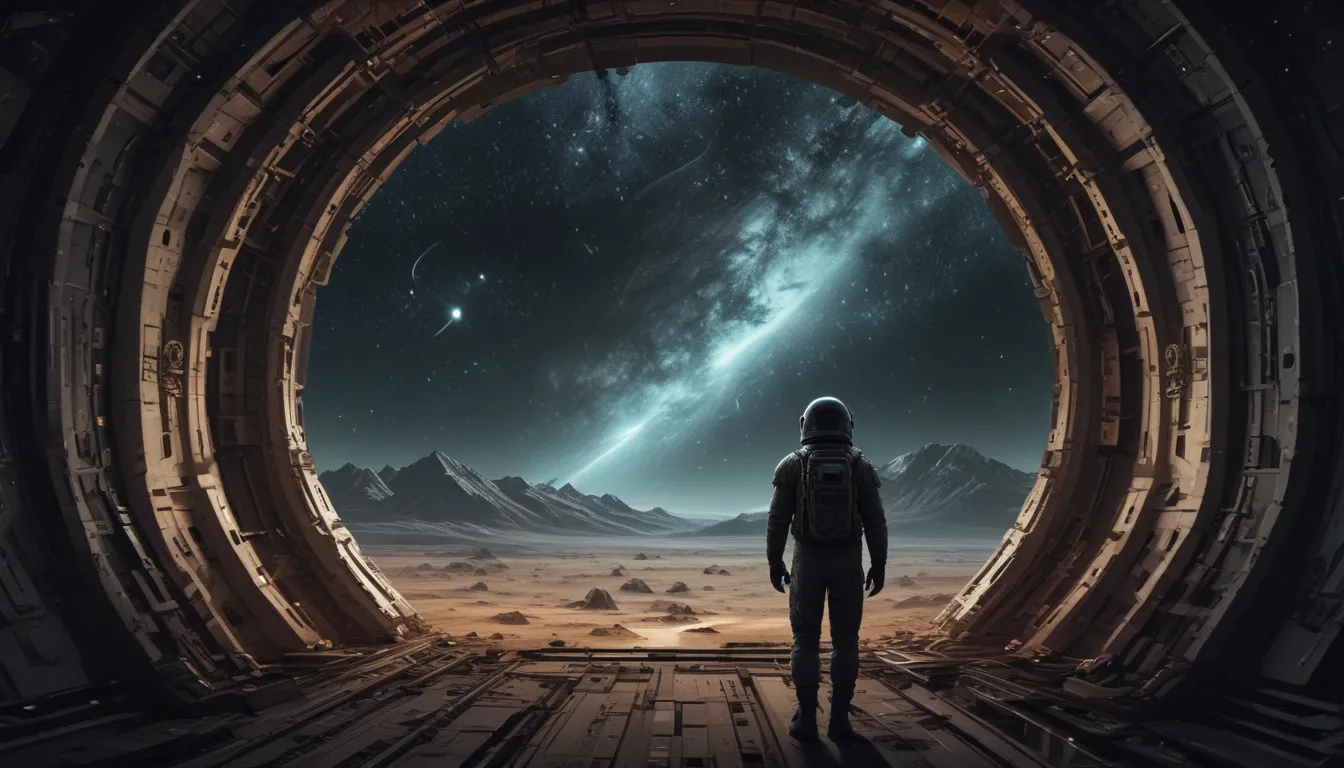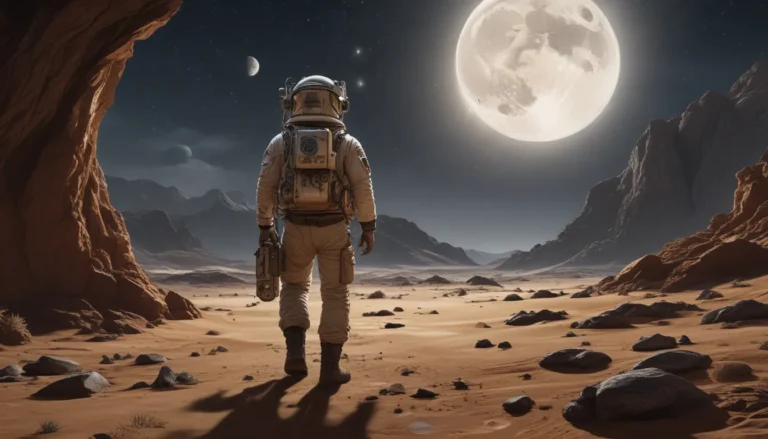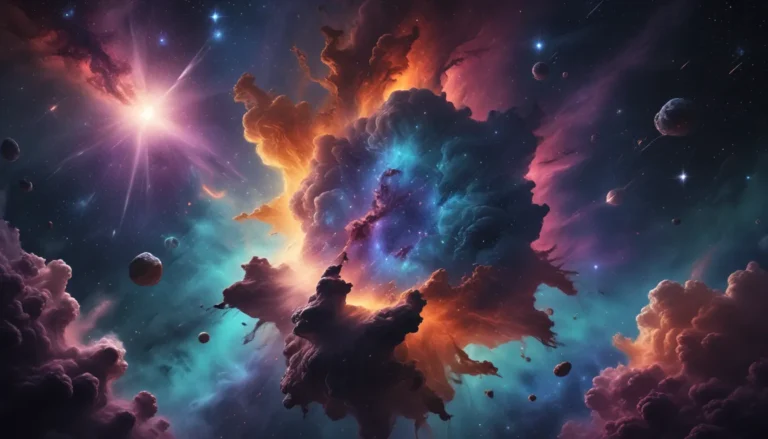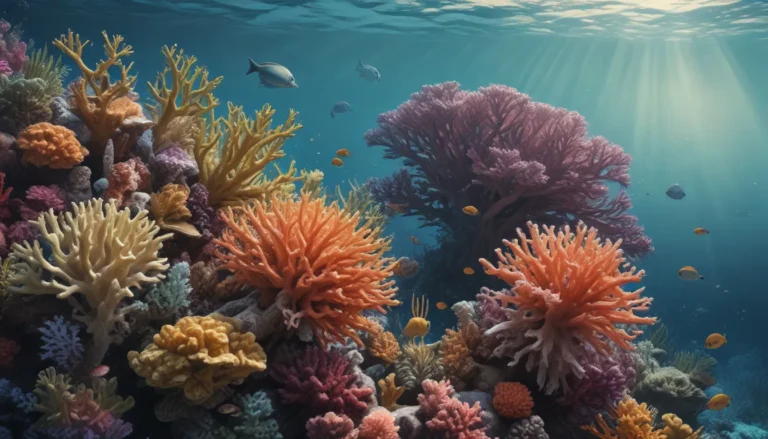The pictures we use in our articles might not show exactly what the words say. We choose these pictures to make you interested in reading more. The pictures work together with the words but don’t take their place. The words still tell you the important facts.
Have you ever gazed up at the night sky, wondering about the mysteries that lie beyond our solar system? Interstellar space, the vast expanse between stars, is a realm filled with awe-inspiring wonders and surprises waiting to be uncovered. In this article, we will take a deep dive into 16 surprising facts about interstellar space that will leave you mesmerized and eager to learn more. Whether you are a seasoned space enthusiast or simply curious about the cosmic unknown, get ready for an interstellar journey like no other.
Discovering Interstellar Space
Let's start our exploration by debunking a common misconception – interstellar space is not an empty void. While it may seem desolate, this cosmic expanse is actually filled with atoms, molecules, and cosmic dust. These components, along with extreme temperatures and magnetic fields, shape the evolution of the universe and play a crucial role in phenomena like star formation and the origins of life. Interstellar space is not merely a dark expanse but a cosmic frontier brimming with mysteries waiting to be unravelled.
The Complex Nature of Interstellar Space
As we venture deeper into the heart of interstellar space, we encounter a diverse array of elements and phenomena that paint a vivid picture of this cosmic landscape.
- Interstellar Medium: Contrary to popular belief, interstellar space is not devoid of matter. It contains a sparse amount of atoms, molecules, and dust that provide valuable insights into the composition of this vast expanse.
- Temperature Extremes: From scorching hot regions near active stars to freezing cold areas far from stellar influence, interstellar space experiences a wide range of temperatures, creating a dynamic environment.
- Magnetic Fields: Magnetic fields are pervasive in interstellar space, influencing the movement of gas and dust particles and adding another layer of complexity to this cosmic realm.
Unveiling Cosmic Mysteries
As we continue to delve into the mysteries of interstellar space, we come across intriguing phenomena that challenge our understanding of the universe.
- Cosmic Dust: Cosmic dust, composed of tiny particles rich in carbon, silicates, and ice, serves as the building blocks for future planets and celestial bodies, shaping the evolution of star systems.
- Gas Clouds: Vast clouds of hydrogen and helium gas dot the interstellar landscape, remnants of the early universe that play a crucial role in the formation and evolution of galaxies.
- Stellar Winds: Stars emit powerful stellar winds that carry energy and matter into interstellar space, enriching the cosmic medium with various elements over time.
The Quest for Knowledge in Interstellar Space
As we ponder the enigmatic nature of interstellar space, we are drawn towards the quest for knowledge and understanding that drives scientific exploration.
- Origins of Life: Interstellar space holds clues to the origins of life, with organic molecules and water found within its midst. Studying these processes can provide insights into the potential for life beyond our planet.
- Voyager Spacecrafts: The Voyager 1 and Voyager 2 spacecrafts, humanity's ambassadors to the stars, have ventured into interstellar space, expanding our knowledge of this cosmic frontier.
- The Dark Matter Mystery: Researchers are investigating the potential presence of dark matter in interstellar space, a mysterious entity that could hold the key to understanding cosmic structure and evolution.
Embracing the Infinite Possibilities of Interstellar Space
As we conclude our journey through the wonders of interstellar space, we are left with a sense of awe and wonder at the boundless possibilities that await us.
From the continuous expansion of interstellar space to the ongoing exploration of its mysteries, the cosmic frontier beckons us to push the boundaries of our knowledge and imagination. As we gaze up at the stars and contemplate the vastness of the universe, we are reminded of the endless discoveries that lie beyond our reach, waiting to be uncovered by future generations of explorers and dreamers.
Conclusion: A Cosmic Odyssey
In conclusion, interstellar space is a realm of infinite possibilities and mysteries that captivate our imagination and inspire us to explore the unknown. The facts and phenomena we have uncovered during our journey through this vast expanse serve as a reminder of the complexity and beauty of the universe beyond our solar system. As we strive to unravel the secrets of interstellar space, we open the door to a new era of discovery and understanding that will shape our perception of the cosmos for generations to come.
So, as we gaze up at the night sky and ponder the mysteries of the stars, let us embrace the endless possibilities that interstellar space has to offer. Our journey may be filled with challenges and uncertainties, but it is also brimming with excitement and wonder. As we navigate the cosmic expanse, let us remember that the universe is vast, but our curiosity and determination are boundless. Together, we can embark on a cosmic odyssey that will lead us to new horizons and unveil the wonders of interstellar space.
FAQs: Exploring Interstellar Space
- What is interstellar space? Interstellar space refers to the vast expanse between star systems or galaxies, beyond our own solar system.
- How far is interstellar space? Interstellar space begins at the heliopause, roughly 120 astronomical units (AU) from the Sun, marking the boundary of our solar system.
- Are there planets in interstellar space? While most planets reside within star systems, rogue planets – not orbiting any star – may exist in interstellar space.
- Is interstellar space empty? Interstellar space contains atoms, molecules, and cosmic dust known as the interstellar medium, dispelling the notion of emptiness.
- Can we travel to interstellar space? Current technology limits human space travel to our solar system, but advancements may enable interstellar exploration.
- Are there living organisms in interstellar space? While unlikely, panspermia proposes the potential transport of life between star systems via celestial objects like asteroids.
Our cosmic journey through the wonders of interstellar space has only just begun. As we gaze out into the vast unknown, let us remember that the stars above are not just points of light but portals to infinite possibilities and discoveries. May our quest for knowledge and exploration continue to inspire us to reach for the stars and unlock the mysteries of the universe.






